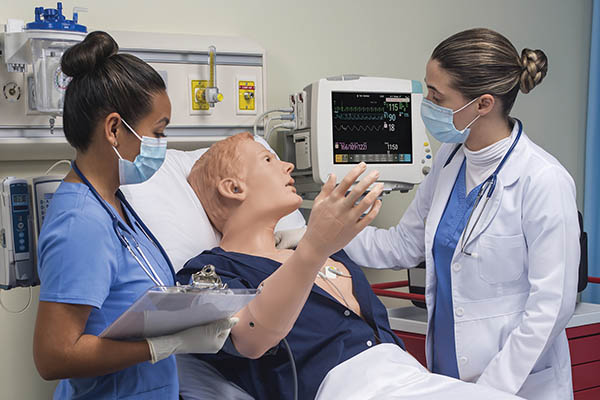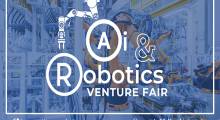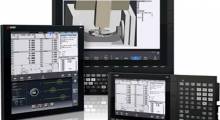Gaumard Scientific Co., which has developed realistic robotic simulators for healthcare education and training, today announced that it will introduce the HAL S5301 patient simulator at the International Meeting on Simulation in Healthcare, or IMSH, next week in Las Vegas.
“HAL S5301 is the first simulator to fulfill educational objectives across multiple clinical disciplines,” said John Eggert, executive vice president at Gaumard. “Using the latest technology, conversational speech and AI have been incorporated to emulate real life. For the first time, we have developed a simulator for brain injury training with highly advanced motor movements. HAL S5301 brings Gaumard's most advanced technologies to offer the world's most advanced simulator.”
The Miami-based company designs and manufactures simulators that have demonstrated value for emergency medical services, militaries, major teaching hospitals, and nursing schools. Gaumard markets the healthcare systems directly in the U.S., as well as through distributors in 70 countries.
Gaumard builds family of lifelike trainers
Gaumard Scientific noted that HAL S5301 is the latest innovation in its product line. In 2000, the company launched the NOELLE maternal and neonatal care simulators.
In 2004, it pioneered the use of fully tetherless technology with the launch of the HAL family. In 2014, Gaumard introduced VICTORIA, an advanced simulator as part of the NOELLE family.
In 2017, Gaumard unveiled Super Tory, which it described as “the first newborn simulator developed to meet the challenges of neonatal care specialists training in real environments.” In 2018, the company launched Pediatric HAL, which it said was the first humanoid robot able to simulating emotions through dynamic facial expressions, movement, and speech.
HAL S5301 can simulate stroke symptoms
HAL S5301 will be able to to simulate symptoms of stroke and traumatic brain injury (TBI), said Gaumard. The robot will include conversational speech, lifelike movement, and next-generation simulated physiology that has never been seen before, it added. “These industry-first capabilities are here to usher in Gaumard's next revolutionary leap in simulation,” the company said.
“HAL S5301 represents Gaumard's next generation of astonishingly realistic patient simulators with the most advanced UNI operating system which manages vital signs, assessments, and debriefing,” said James Archetto, vice president of U.S. direct sales at Gaumard. “In addition, HAL S5301 introduces advanced anatomy and physiology in simulated cardiac, respiratory, and vascular physiology, including arterial access, lung compliance, and high-fidelity auscultation.”
“Real medical equipment can be used to monitor and diagnose HAL S5301's clinical condition, just as it can be on all of our high-fidelity simulators,” he said. “It is designed to be a key component for professional-level training across clinical disciplines as well as academic-level education. An optimized simulation program using HAL S5301 enables safe and effective learning opportunities.”
Gaumard plans to exhibit HAL S5301 at IMSH Booth 311 at the Los Angeles Convention Center from Jan. 15 to 19.
Article topics
Email Sign Up
















